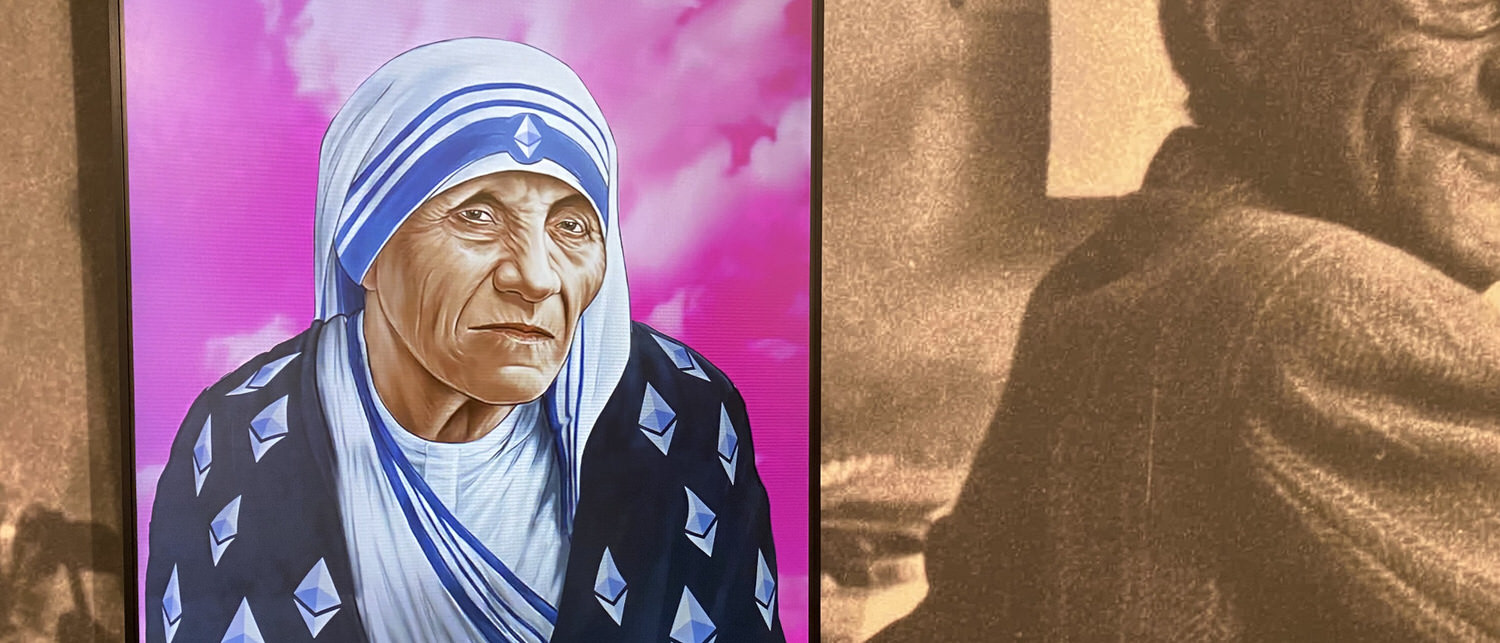
«Teresa» by Kenny Schachter at Art Basel. | © Raphael Rauch
Why are you putting Mother Teresa in the spotlight?
Kenny Schachter*: I have been involved with digital art for 30 years. Crypto art enables me to sell my art. Otherwise, I’m very critical of crypto art. It’s about money, about fraud and corruption. It is important for me to emphasize: Computers are not corrupt, people are. And I use Mother Teresa as an analogy. I was inspired by Christopher Hitchens. He wrote the book in 1995, “The Missionary Position: Mother Teresa in Theory and Practice.”
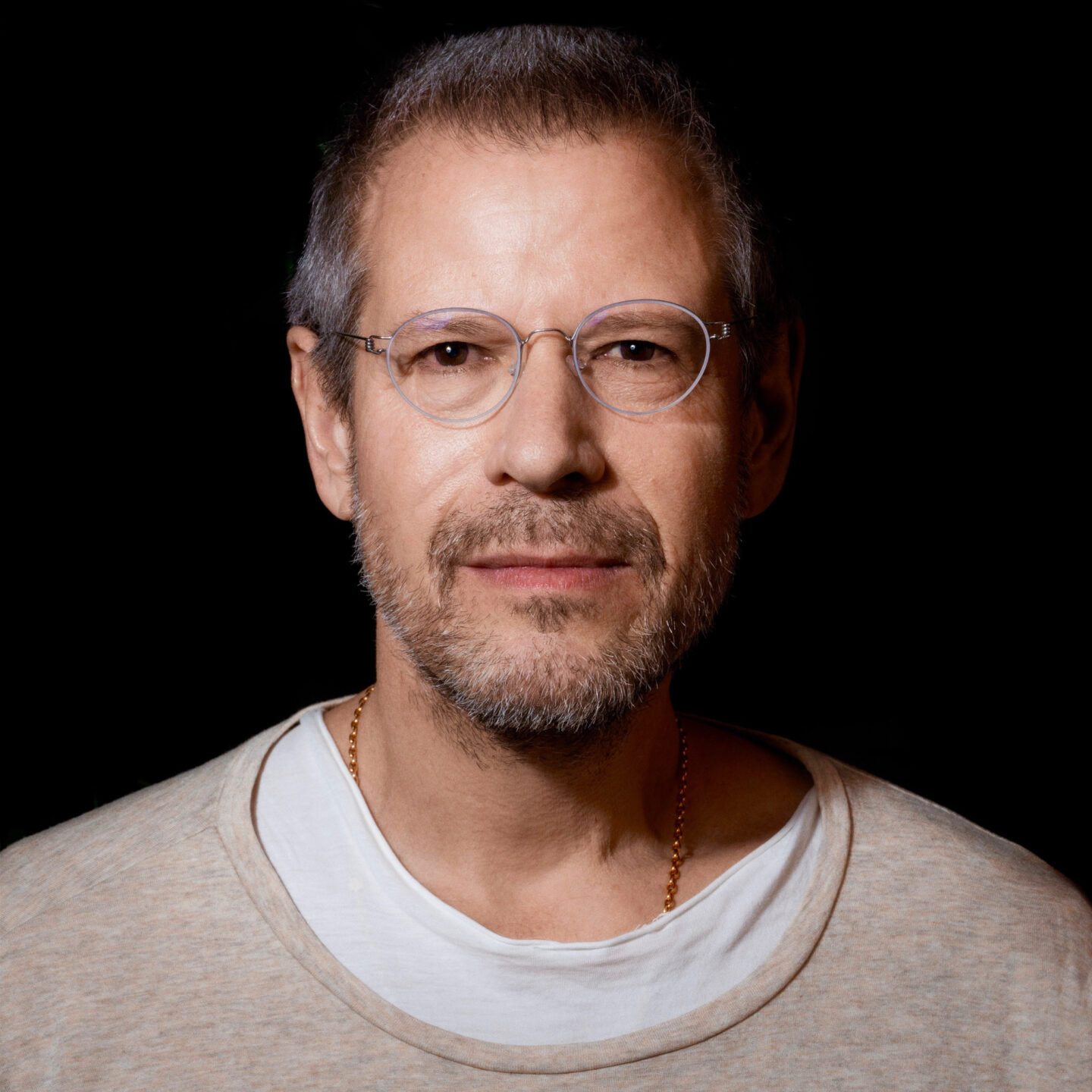
Kenny Schachter
What is this book about?
Schachter: Hitchens’ analysis is: Mother Teresa was less interested in helping the poor than in spreadingthe fundamentalist beliefs of the Catholic Church. Whether it’s abortion, HIV/AIDS, or LGBTQ, many people suffer because of the Catholic Church. But this suffering is not what Mother Teresa was interested in. Mother Teresa also accepted money from dubious businessmen. And she used people’s misery to drum up publicity. On American television, Mother Teresa appeared regularly in commercials. In the 1970s, she was virtually omnipresent. She always wanted money.
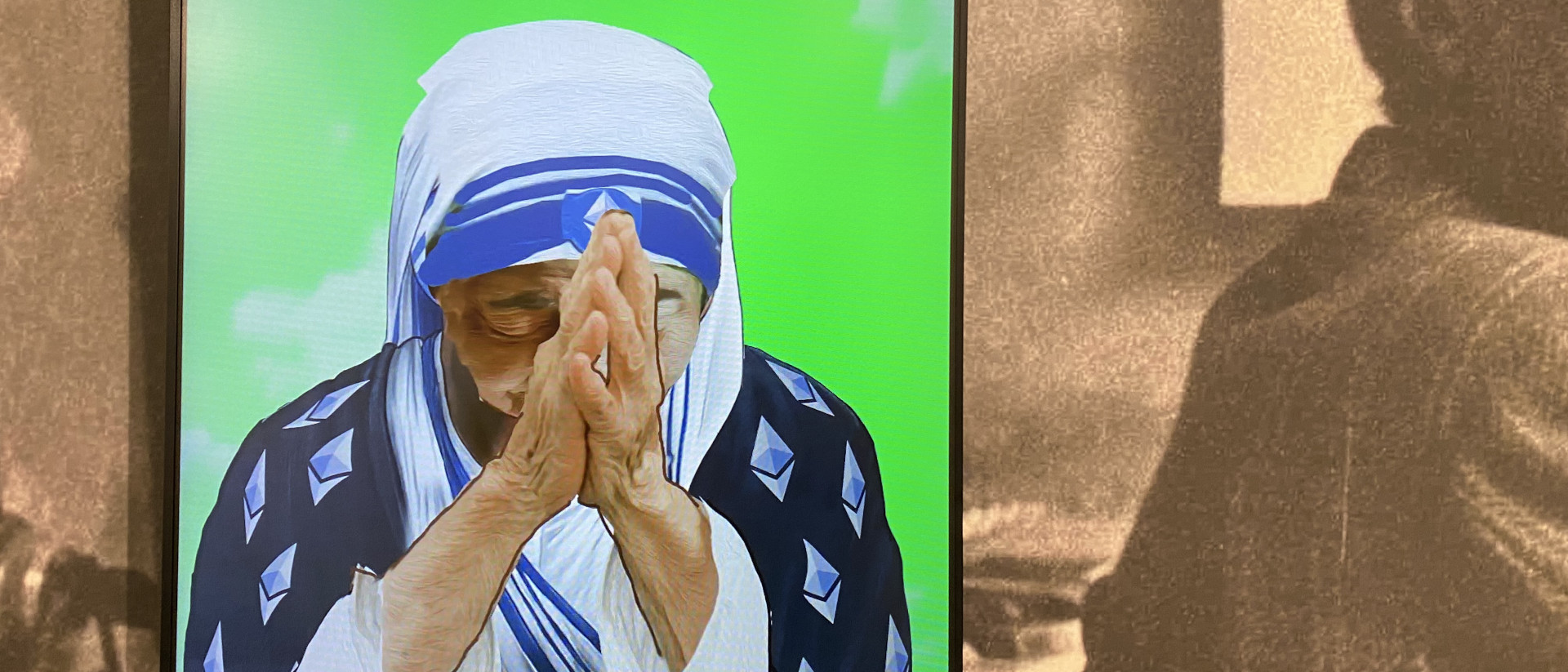
«Teresa» by Kenny Schachter at Art Basel. | © Raphael Rauch
Where do you see parallels to the crypto economy?
Schachter: If you want to make money in the crypto sector, you have to attract and convince other people. That’s how the value increases. In the end, everything becomes a self-fulfilling prophecy. By investing in this area, you promise to make more money. And then because many invest in that area, the value increases. The crypto world uses NFTs to promote blockchain. And Mother Teresa used the plight of the poor to promote the Catholic Church.
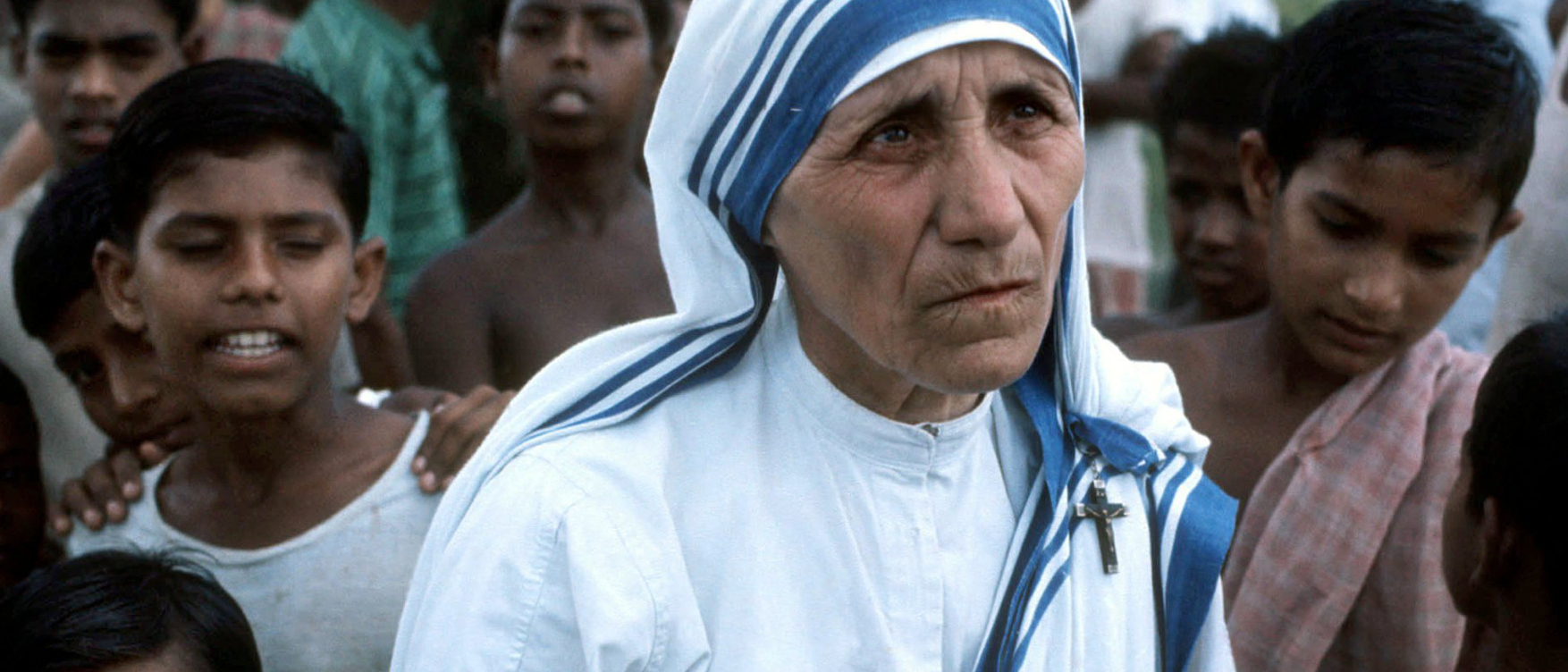
Living Diakonia: Mother Teresa
Aren’t you being a little hard on Mother Teresa?
The world would be a better place if there were more Mother Teresas. Schachter: You have to look at my art with humor. That way it is not disrespectful. Art is my religion and art has helped me get over personal tragedies. I lost my mother as a boy. As a father, I was helpless when one of my children died. Humor helps in crises. And humor helps to expose grievances and to expose vanity and hypocrisy.
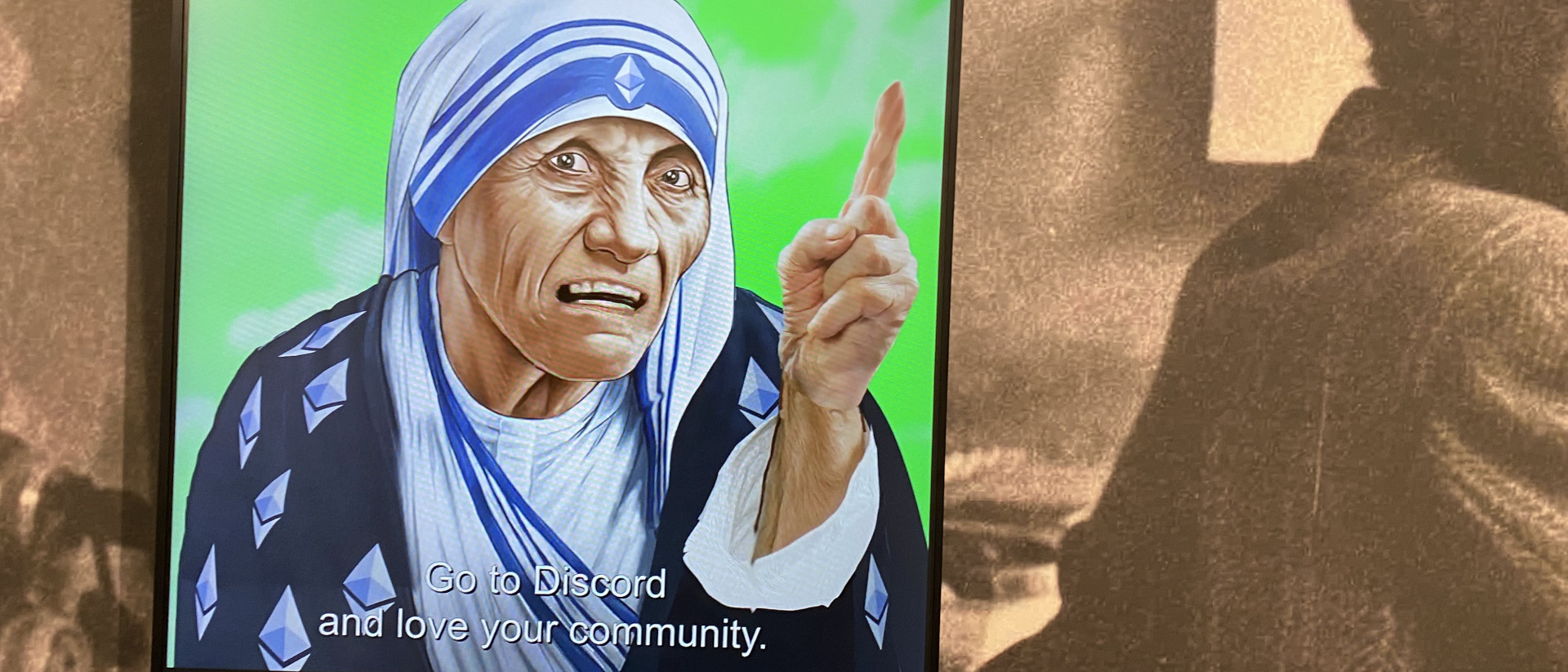
«Teresa» by Kenny Schachter at Art Basel. | © Raphael Rauch
What are you thinking about in particular?
Schachter: America is currently threatened with a major step backwards – just think of the abortion debate. I am convinced that the world would be a better place if men were not allowed to make laws about women’s bodies. In some states, abortion is to be banned. Evangelical forces stand behind this.
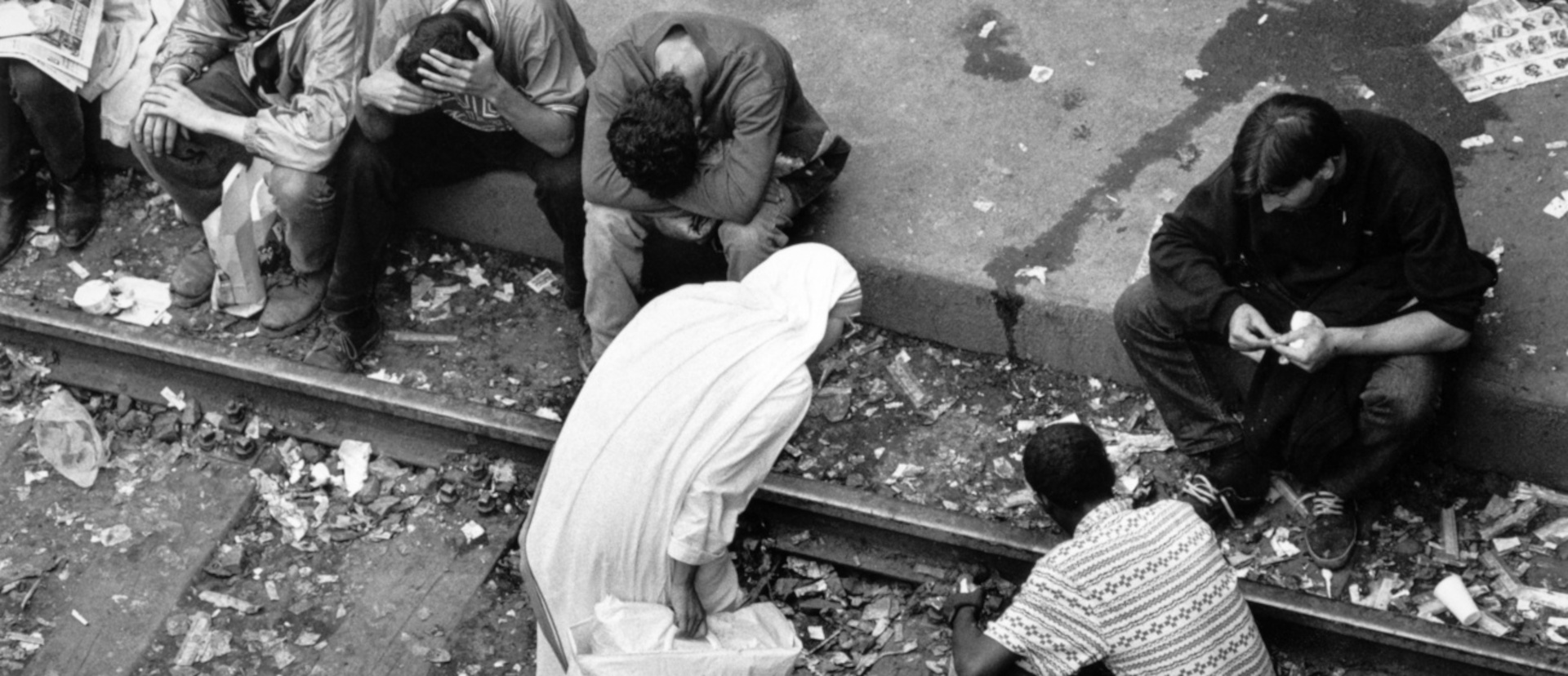
The drug scene on the tracks at Lettensteg in Zurich in 1993. A missionary of charity with young people addicted to drugs.
And yet: Mother Teresa has helped many people.
Schachter: Of course I agree with helping people. What’s happening in the U.S. is a disgrace: If you don’t have money, you’re lost. Then there’s no health and no psychological support. And yet I can be critical of the Mother Teresa system. Humor provides a fine line of offense and intellectual engagement. “
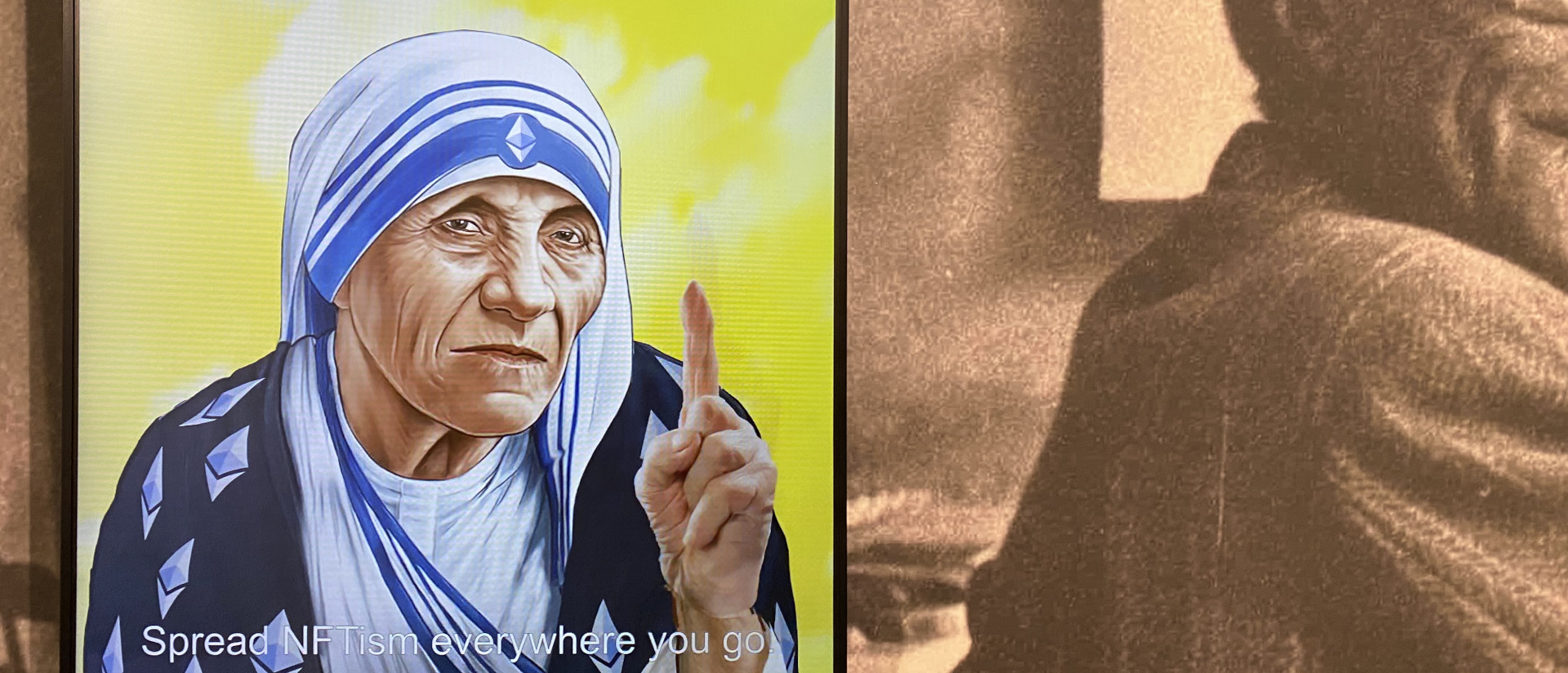
«Teresa» by Kenny Schachter at Art Basel. | © Raphael Rauch
Was the artwork already exhibited before Art Basel?
Schachter: Yes, I showed it in Berlin in January and then online. I’m sure I offended some people. But I didn’t receive any angry e-mails.
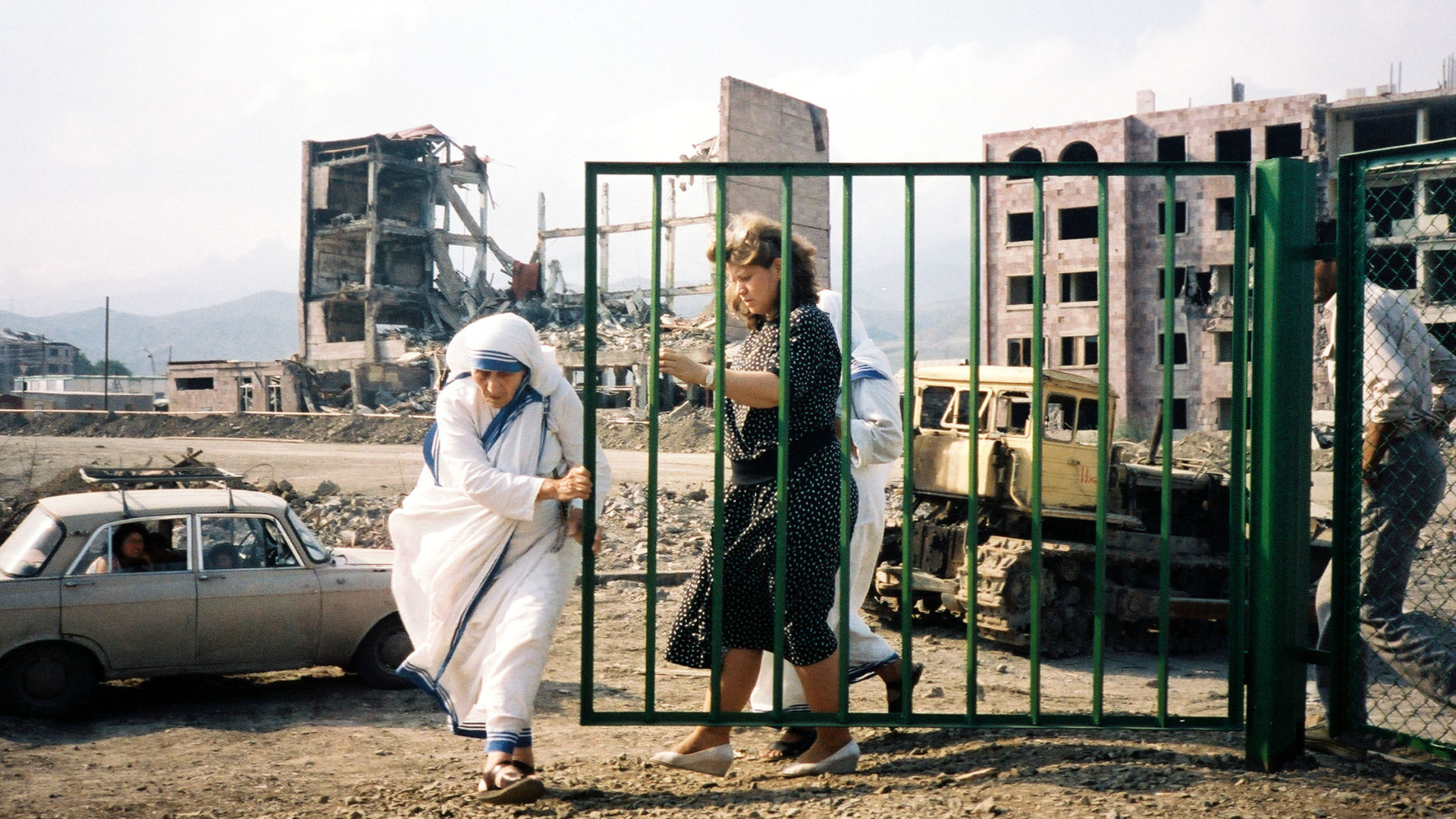
Mother Teresa after an earthquake in Armenia.
Religion has a special relationship with materiality. Orthodox believe that God is present in an icon. Catholic sacraments are unthinkable without touch, holy water or chrism. What significance does materiality have in crypto-art?
Schachter: I think we need a different perspective on this question. Our conversation right now is real – and nothing fictional. What Mark Zuckerberg is doing is also real – even if Facebook takes place in digital space. There’s something real about crypto art, too. And yet: The only thing that really interests me in life is art, my family, my children.
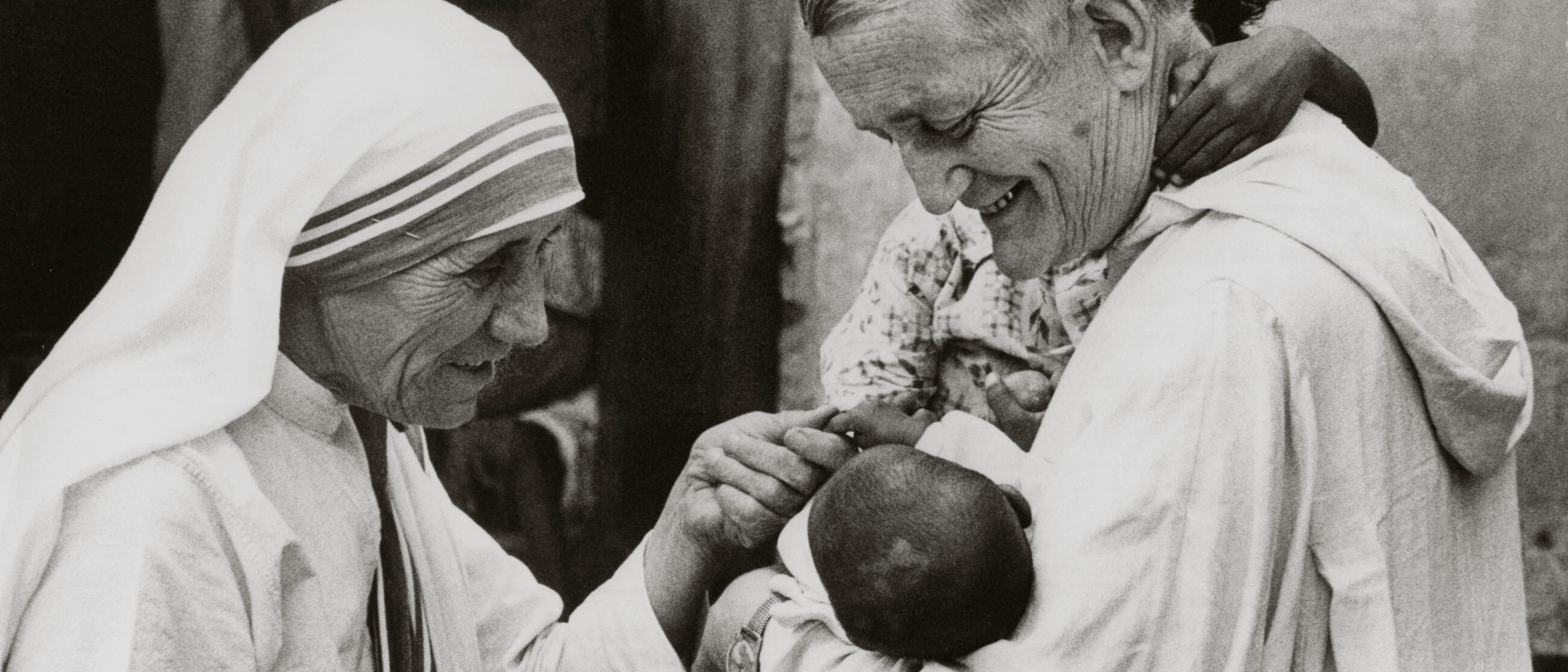
Brother Roger’s meeting with Mother Teresa at an orphanage in Calcutta in October 1976.
Are you religious?
Schachter: If I were to take a genetic test, I would test positive for religion.
And which ones?
Schachter: That’s not what matters. If you give the promise of the universe to a Muslim, a Catholic or a Jew, there is no difference between the pope and the person walking down the street right now. I believe that we human beings are first and foremost human beings. We have the same organs. Our brains function similarly, they have the same chemical composition. I always try to give people the benefit of the doubt. And I don’t make assumptions or categorizations. In the art world, people are always pigeonholed and given labels. That’s what I’m fighting against.
* Kenny Schachter is a connoisseur of the art market and sees himself as an “NFT crusader”: NFT stands for “Non Fungible Token”. This is an object in the digital universe. An NFT can be any digital file: a work of art, an article or music. Translated
by Raphael Rauch | Katholisches Medienzentrum | www.kath.ch
Click here to read the original article in German directly on the kath.ch website
